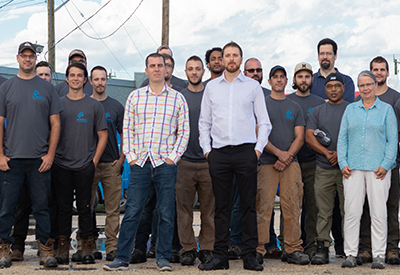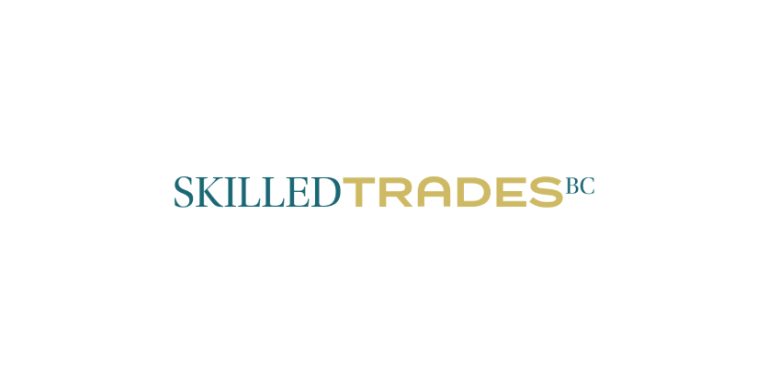Changing How we Build Homes: A Year of the Housing Accelerator Fund

September 15, 2024
The Government of Canada is highlighting key results that have come from the first Housing Accelerator Fund since the start of the Program. This week marks the closure of the application portal for the second round of the HAF. HAF was created to incentivize local governments to implement structural and lasting reforms that will increase the supply of housing. Communities like Fredericton, London, Kitchener, Brandon and Saanich have demonstrated concrete actions and their respective HAF Action Plans are progressing well and are on-track with milestone achievements.
London was the first HAF city to approve a bylaw to permit 4 units as of right. It has also recently advanced ambitious height permissions of up to 45 storeys around its new bus rapid transit stations in the downtown core. London’s downtown will see additional homes created in vacant office buildings through a recently announced office conversion grant program funded by HAF.
Fredericton committed to allow 4 units as-of-right city-wide and to increase density in proximity to post-secondary institutions. As part of its HAF Action Plan, Fredericton is also committed to partner with local First Nations housing providers for off-reserve affordable home ownership, make City-owned land available to enable mixed use developments and partner with manufactured home builders to promote alternate forms of housing.
Kitchener has also become one of the first HAF communities to fulfill its commitment to approve inclusionary zoning. In April, the City donated land to fulfill part of its HAF commitment to help the support the creation of 10,000 half price homes through the ‘BuildNOW Waterloo Region’ initiative.
Brandon reflected the spirit of HAF with ambitious efforts to exceed the agreement in terms of parking and density. They have introduced a program to incentivize housing in the downtown, using $1.5M in HAF funding for developer tax credits, development charge offsets and capital grants.
Saanich focused on pre-zoning of university-owned sites for multi-unit developments, providing much-needed accommodation within walking distance to the University of Victoria. The have also developed new parking standards, digitizing the application process, and a revised review process aimed to enhance the speed and number of new permits.
With these measures in place, and those of the 178 agreements across Canada, it is expected that HAF will help cut red tape and fast track at least 100 000 permitted new homes over the first three years, which cities and regions estimate will lead to the creation of over 750,000 permitted homes for people in towns, cities and Indigenous communities across Canada over the next decade.
The Government of Canada is making life more affordable for Canadians – and housing is key to our work. We will work with provincial, territorial, and municipal governments, as well as Indigenous partners, to keep building more homes for Canadians, faster.
Quick Facts:
- Help those who can’t afford a home by creating more affordable housing, and eliminating chronic homelessness.
- Local governments were encouraged to think big and be bold in their approaches, and they are now implementing transformational approaches that create a pathway to solving the housing crisis in their community.
- With the support of HAF, municipalities are ending exclusionary zoning and removing barriers to development, making land available for housing, and improving development approval processes to make it faster and easier to have housing proposals move forward. Rural municipalities are also implementing changes that meet the needs of their communities, with a greater focus on updating local infrastructure and modifying zoning for more gentle density options.
- The first round of the Housing Accelerator Fund program received 544 applications, of which 178 resulted in signed agreements. Launched in March 2023, the Housing Accelerator Fund (HAF) is a $4 billion initiative from the Government of Canada that will run until 2026-27.
- The federal government announced in Budget 2024 an additional $400 million dollars to the Housing Accelerator Fund (HAF) to incentivize an additional 12,000 new homes in the next three years.
- The Housing Accelerator Fund is part of Canada’s National Housing Strategy (NHS), an $115+ billion plan to give more Canadians a place to call home. Progress on programs and initiatives are updated quarterly at www.placetocallhome.ca. The Housing Funding Initiatives Map shows affordable housing projects that have been developed.
- The federal government is taking a whole of government approach to:
- Build more homes by bringing down the costs of homebuilding, helping cities make it easier to build homes faster, changing how homes are built, and growing the work force to get the job done;
- Make it easier to rent or own a home by ensuring every renter or owner has a home that meets their needs, and the stability to retain it;
















